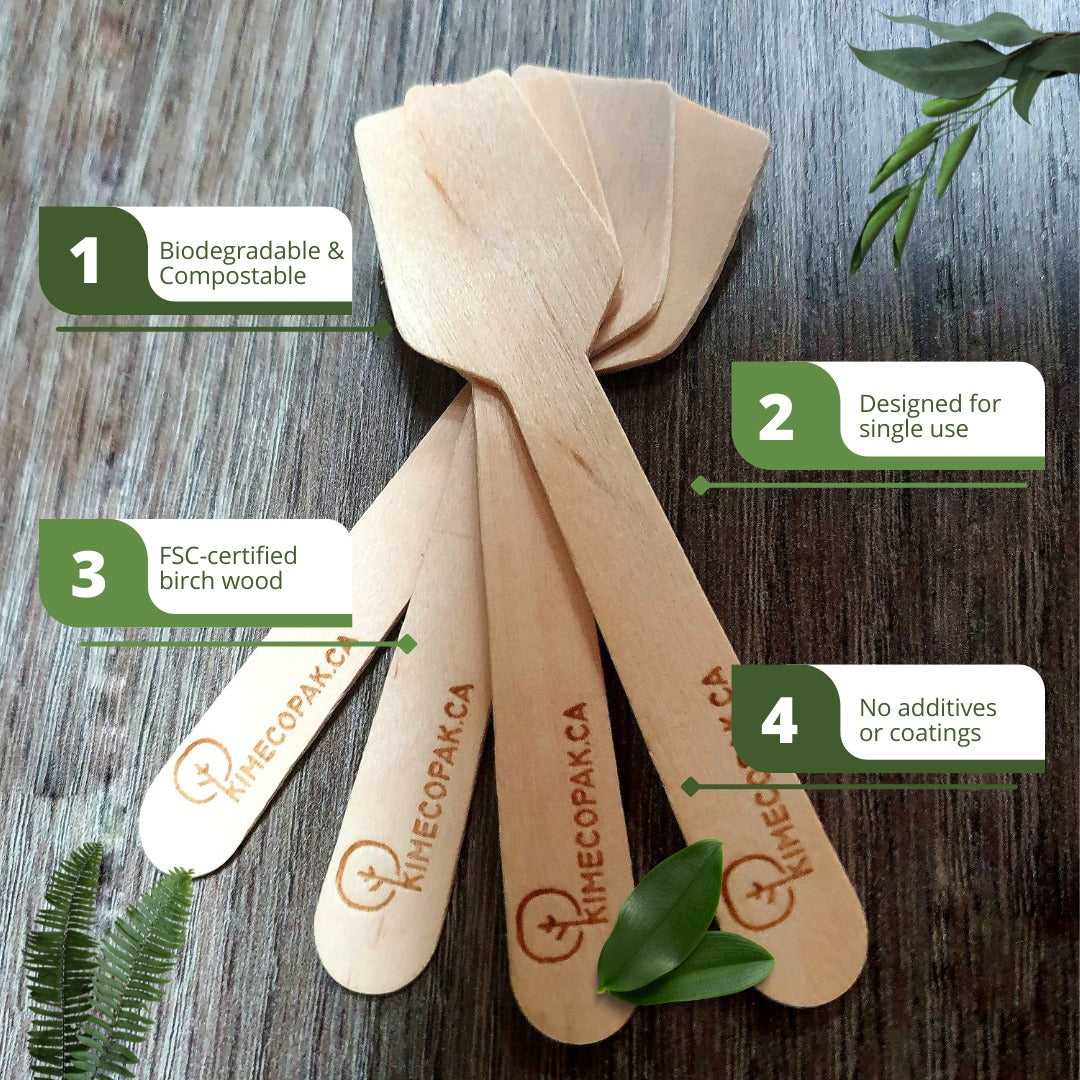Defrosting meat properly not only ensures delicious food, but also keeps your family safe from food-borne illnesses. Defrosting meat incorrectly can lead to the growth of bacteria, which can lead to food poisoning. In this article, we will explore how to defrost meat, how long it takes, and some tips for safe defrosting.
Why Defrosting Meat Properly is Important?
Keeping Food Safe
When meat is frozen, bacteria may stop working but not die. Defrosting improperly can allow bacteria to grow again, especially when the meat temperature is in the danger zone of 4°C to 60°C. This is why it is important to follow safe defrosting methods.
Keeping Meat Fresh and Nutritious
Defrosting meat improperly can cause loss of freshness and quality. For example, if you defrost meat at a high temperature or defrost it for too long, the texture of the meat can change, making it dry or dehydrated. A proper defrosting method will help you retain the natural flavor and important nutrients of the meat.

How To Defrost Meat Quickly? 3 Safe Defrosting Methods
Defrosting in the Refrigerator (Best Method)
This is the safest and most effective way to defrost meat. By defrosting in the refrigerator, the meat is kept at a safe temperature, below 4°C, which prevents bacteria from growing.
Time: Depending on the type of meat, defrosting can take anywhere from 12 to 24 hours. Large meats such as whole chickens or large pieces of meat may take longer than 24 hours.
Benefits: This method helps to preserve the best quality and flavor of the meat.

Here are some tips when defrosting meat in the refrigerator:
- Place the meat on a plate or in a shallow dish to catch any drips.
- Put the meat in the refrigerator on the bottom shelf, where it is coldest.
- Allow the meat to thaw for several hours or overnight, depending on the size and type of meat.
- Following the recommended food storage order, place the meat in the refrigerator. Foods that are ready to eat should be placed at the top, with seafood, whole cuts of pork and beef, ground beef, and whole and ground poultry positioned at the bottom.
- Food thawed in the refrigerator can be refrozen without cooking, but the texture and quality of the meat may suffer.
- Ground meat, stew meat, poultry, and shellfish should all be safe to eat for a day or two after being defrosted in the fridge.
- Thawed in the fridge, red meat cuts keep for three to five days.
Defrosting in Cold Water (Faster Method)
If you don't have time to thaw in the refrigerator, thawing in cold water is a quick and safe method.
Here's how to defrost meat in water:
- Step 1: Fill a large bowl or sink with cold water.
- Step 2: Place the meat in a leak-proof bag and submerge it in the water to prevent any water from seeping into the meat. Make sure the water is covering the meat completely.
- Step 3: Change the water every 30 minutes to keep it cold. This will help the meat thaw more quickly and prevent it from reaching an unsafe temperature.
Time: Approximately 1-3 hours depending on the size of the meat.
Tip: Never use hot water as this can cause the meat to thaw unevenly and lead to bacterial risks.

Microwave Defrosting (Quickest Method)
This is the fastest method but care must be taken to avoid cooking the meat during the thawing process.
Here's how to defrost meat in the microwave:
- Step 1: Use the defrost setting on your microwave, if available. If not, use the lowest power setting.
- Step 2: Place the meat on a microwave-safe plate and cover it loosely with a paper towel.
- Step 3: Check the meat every few minutes and rotate it if needed. Larger pieces of meat may need to be turned over to ensure even defrosting.
Time: 5 to 10 minutes depending on the size and type of meat.
Note: Some meat may begin to cook during the microwave defrosting process. Once defrosted, cook the meat immediately to ensure safety.

How Long Does It Take Meat to Thaw?
Here are some general guidelines for thawing times:
- Refrigerator Thawing: 10 - 24 hours; 24 hours for every 5 pounds
- Cold Water Thawing: 1 - 3 hours; 30 minutes per pound (Keep the water running as it thaws)
- Microwave Thawing: 10 - 15 minutes; Rotate meat regularly to defrost evenly
Defrosting Different Types of Meat
The defrosting process may vary slightly depending on the type of meat you are thawing. Here are some tips for defrosting common types of meat:
How to Defrost Chicken
Chickens are at the highest risk of carrying bacteria like Campylobacter and Salmonella. Use these guidelines to safely thaw frozen chicken cuts to stop the spread of these pathogens:
- In the refrigerator: In a bowl, move the chicken to the refrigerator 24 hours before you cook it.
- In cold water: Put chicken in a leak-proof bag and submerge it in cold running water for 1 - 3 hours depending on the size.
- In the microwave: Put chicken in a microwave-safe container and use the defrost cycle. This will take approximately 10 - 15 minutes. Clean and cook the chicken immediately after defrosting.
How to Thaw a Turkey
For a turkey, you must complete a thaw before frying to ensure a safe frying process. Here are some thawing techniques to make sure your turkey is ready to be cooked:
- In the refrigerator: Give 24 hours for every 4 - 5 pounds of meat. A 16 lb. turkey will take about 4 days to thaw in the refrigerator.
- In cold water: Place the turkey in a clean and sanitized sink, submerging it in cold running water. Give it 30 minutes of defrosting time for every pound. A 16 lb. turkey will need about 8 hours to thaw in cold water.
- In the microwave: Put the turkey in the microwave and apply the defrost feature based on the bird’s weight. This will take about 6 minutes per pound. After that, you can cook the turkey immediately.
How to Defrost Fish
Fish should be gently defrosted because their meat is extremely delicate. For the safest and best results, use these thawing techniques:
- In the refrigerator: For larger pieces of fish, move the fish to the refrigerator 24 hours before cooking. If shipped in a vacuumed-sealed pouch, leave the packaging in place until you are ready to cook the fish.
- In cold water: In a plastic bag or vacuumed-sealed pouch, place the fish in cold running water for 20 - 30 minutes.

What Not to Do When Defrosting Meat
Avoid Defrosting at Room Temperature
Many people think that letting meat thaw naturally at room temperature is the easiest way, but this is actually one of the most dangerous methods. Bacteria grow very quickly at room temperature, especially when meat is left in the danger zone (4°C to 60°C).
Danger: After just a few hours, the surface of the meat can start to grow harmful bacteria such as Salmonella or E. coli.
Avoid Hot Water or Oven Defrosting
Using hot water or an oven to defrost meat is a method to avoid as it can cause uneven cooking or change the texture of the meat.
Danger: Thin parts of meat may be partially cooked while other parts remain frozen.
How Long Can You Keep Defrosted Meat?
Meat that has been safely defrosted in the refrigerator can be stored for 1 to 2 days before cooking. However, if you have used a microwave or cold water to defrost, cook it immediately after it has completely defrosted.
Signs of spoiled meat: If the meat has changed color, has a strange odor, or has a slimy surface, you should throw it away.
Tips for Handling and Storing Meat Post-Defrosting
- After the meat has been thawed and not used up, you can store it in the refrigerator, but never refreeze it if it has been thawed in the microwave or cold water.
- Keep it clean: Wash your hands, knives, cutting boards, and surfaces after touching raw meat to avoid cross-contamination.
- Re-preserving: Make sure to wrap the meat tightly before re-refrigerating it to prevent dehydration and odor.
Defrost Meat FAQs
How Long To Defrost Meat At Room Temperature?
The idea that meat can just be thawed by leaving it out on the counter is among the most widespread misconceptions regarding meat defrosting. But food shouldn't be left out at room temperature for longer than two hours, or else you run the risk of going into the dangerous zone where bacteria start to grow quickly.
Can You Re-Freeze Meat After Defrosting?
If you thaw meat in the refrigerator, you can refreeze it before cooking. However, the quality may be reduced.
Can You Cook Meat from Frozen?
In some cases, it is safe to cook meat from frozen. However, it will take longer to cook and may result in uneven cooking. It is best to thaw meat before cooking.
Can You Defrost Meat in Hot Water?
No, it is not safe to defrost meat in hot water as it can cause bacteria to grow quickly. Always use cold water for thawing.
Can You Leave Meat Out to Thaw?
No, it is not safe to leave meat out at room temperature to thaw. This can cause bacteria to grow and potentially lead to foodborne illnesses.
Conclusion
Defrosting meat properly not only helps retain the flavor and quality of the dish, but also ensures food safety for your family. Remember to always follow safe defrosting methods such as in the refrigerator, cold water or microwave, and absolutely avoid defrosting at room temperature or using hot water.
Related Articles:







